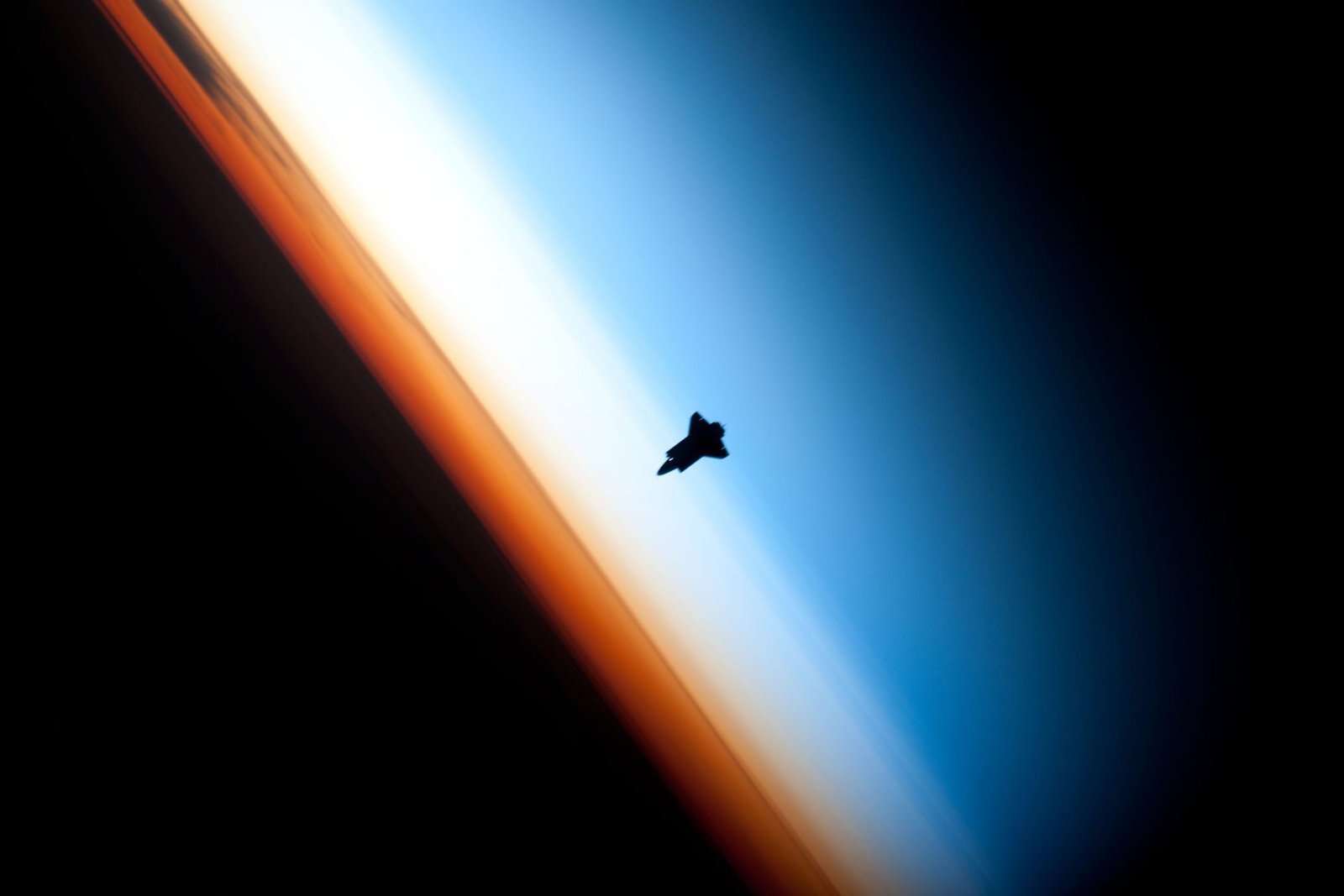What is the Troposphere? It is the lowest portion of Earth’s atmosphere and is also where nearly all weather takes place. It contains approximately 75% of the atmosphere’s mass and 99% of the total mass of water vapor and aerosols. The average depths of the troposphere are 20 km (12 mi) in the tropics, 17 km (11 mi) in the mid-latitudes, and 7 km (4.3 mi) in the polar regions in winter. The lowest part of them, where friction with the Earth’s surface influences airflow, is the planetary boundary layer. Also, This layer is typically a few hundred meters to 2 km (1.2 mi) deep depending on the landform and time of day.
Here read and learn; What is the Troposphere? Meaning and Definition.
Atop the troposphere is the tropopause, which is the border between the troposphere and stratosphere. The tropopause is an inversion layer, where the air temperature ceases to decrease with height and remains constant through its thickness.
The word troposphere derives from the Greek: Tropos for “turn, turn toward, trope” and “-sphere” (as in, the Earth), reflecting the fact that rotational turbulent mixing plays an important role in the troposphere’s structure and behavior. As well as Most of the phenomena associated with day-to-day weather occur in them.
The Troposphere:
It is the lowest major atmospheric layer, extending from the Earth’s surface up to the bottom of the stratosphere. Also, It is where all of Earth’s weather occurs. It contains approximately 80% of the total mass of the atmosphere.
It characterizes by decreasing temperature with height (at an average rate of 3.5 degrees F per thousand feet, or 6.5 degrees C per kilometer). In contrast, the stratosphere has either constant or slowly increasing temperatures with height.
The boundary between the troposphere and the stratosphere is called the “tropopause”, located at an altitude of around 5 miles in the winter, to around 8 miles high in the summer, and as high as 11 or 12 miles in the deep tropics.
When you see the top of a thunderstorm flatten out into an anvil cloud. It is usually because the updrafts in the storm have reached the tropopause. Where the environmental air is warmer than the cloudy air in the storm, and so the cloudy air stops rising.
Definition of The Troposphere:
The lowest densest part of the earth’s atmosphere in which most weather changes occur and temperature generally decreases rapidly with altitude and which extends from the earth’s surface to the bottom of the stratosphere at about 7 miles (11 kilometers) high.
Overview of The Troposphere:
It is the lowest layer of Earth’s atmosphere. Most of the mass (about 75-80%) of the atmosphere is in them. Most types of clouds are found there, and almost all weather occurs within this layer.
The bottom of them is at Earth’s surface. Also, They extend upward to about 10 km (6.2 miles or about 33,000 feet) above sea level. The height of the top of them varies with latitude (it is lowest over the poles and highest at the equator) and by season (it is lower in winter and higher in summer). Also, It can be as high as 20 km (12 miles or 65,000 feet) near the equator, and as low as 7 km (4 miles or 23,000 feet) over the poles in winter.
Air is warmest at the bottom of the troposphere near the ground level. Also, Air gets colder as one rises through them. That’s why the peaks of tall mountains can be snow-covered even in the summertime.
Air pressure and the density of the air also decrease with altitude. That’s why the cabins of high-flying jet aircraft pressurize.
The layer immediately above them calls the stratosphere. Also, The boundary between the troposphere and the stratosphere calls the “tropopause“.
Frequently Asked Questions
What is the Troposphere?
The troposphere is the lowest portion of Earth’s atmosphere, extending from the Earth’s surface up to the bottom of the stratosphere. It is where nearly all weather occurs and contains about 75-80% of the atmosphere’s mass.
How deep is the Troposphere?
The average depth of the troposphere varies by location: it is about 20 km (12 mi) in the tropics, 17 km (11 mi) in the mid-latitudes, and 7 km (4.3 mi) in the polar regions during winter.
What is the Tropopause?
The tropopause is the boundary layer between the troposphere and the stratosphere. It is characterized by a temperature inversion, meaning the air temperature remains constant or increases with altitude.
Why does temperature decrease in the Troposphere?
Temperature in the troposphere generally decreases with altitude at an average rate of 3.5 degrees F per thousand feet (6.5 degrees C per kilometer) due to the thermal structure and the influence of the Earth’s surface heating.
What types of weather phenomena occur in the Troposphere?
Most types of weather phenomena, including clouds, rain, thunderstorms, and wind patterns, occur within the troposphere.
How does altitude affect air pressure in the Troposphere?
Air pressure and density decrease with altitude in the troposphere. This change is significant, which is why high-flying jets must pressurize their cabins to ensure passenger comfort and safety.
Where is the warmest air located in the Troposphere?
The air is warmest at the bottom of the troposphere, near ground level. As altitude increases, the temperature decreases, leading to colder air at higher elevations.
How does the height of the Troposphere change?
The height of the troposphere varies depending on latitude and season. It is generally higher in tropical regions (up to 20 km) and lower over polar regions (as low as 7 km in winter).
What happens to updrafts in a thunderstorm as they reach the Tropopause?
When the updrafts in a thunderstorm reach the tropopause, they encounter warmer environmental air, which stops the cloudy air from rising further, often causing the characteristic anvil shape of thunderstorm clouds.


Leave a Reply